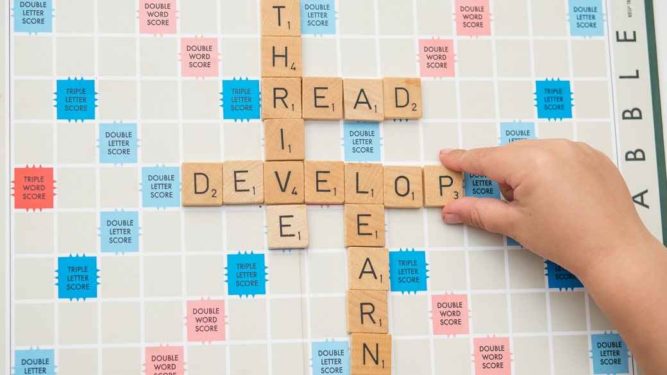Fun Phonics Activities you can try
Building strong phonics skills in the early years of school is the key to your child becoming a confident, independent reader and writer.
Phonics activities can be educational and fun at the same time. Here are five fun activities you can work through with your child at home, to make the process of learning phonics fun for both you and them.
Being a confident speaker will also help your child shine during their school entrance interviews, should you be considering moving them at the 7 Plus or 8 Plus point.
1. Magazine Detectives
Turn old magazines and newspapers into phonics activities. Choose a letter from the alphabet and spot images in the magazine/newspaper that has the same phonetic sound. You can cut those images out of the pages and together make a customised flashcard as you learn the letter and it’s sound. You will have the visual of the word, along with the letter you’re studying.
2. Camera Quest
You can send your child on a creative phonics adventure by giving them a camera and asking them to snap objects around the house from A through to Z. They can take pictures of everything from an ant to a Zebra print, or a zipper and stick these pictures and write the item’s name in their own alphabet book. You can do this activity on holiday, a day out or a regular day around the house. It is a good way to see a day through your child’s eyes.
3. Water-balloon Words
One of my favourite fun activities, which is great in the summer months, is a water balloon game. Fill as many water balloons as you would like and write some word endings on them, for example: ug, an, ar, ug, in, igh, ing. Write letters on index cards, such as F, H, C, J, P, B, S and M and tape these cards to the wall. Give your child the water balloons with the word endings. They can choose a balloon and bring it up to a letter to see if it makes a word. If it does, they get to throw the water balloon at the index card.
If the balloon they bring to a letter is incorrect they keep going along the index cards letters until they find a letter that is correct. For example, Fug is not a word, but Hug is and Cigh is not a word but Sigh is. Remember to keep a list of words to review at the end.
3. Bubble-wrap Bursts:
A nice and simple activity is to write common exception words on bubble wrap and then, as you call out each word, encourage children to “pop” the right bubbles. You can use this activity when learning more challenging phonemes and graphemes. Write out different graphemes on the bubbles, call out a word and encourage the child to pop the correct bubbles to spell the word. For example if you called out the word bright, your child will need to find and pop four correct bubbles; b, r, igh, t. If you called out the word look, they would pop 3 bubbles; l,oo,k as this word has 3 phonemes and 3 graphemes. This activity will help with segmenting words.
5. Obb and Bob:
One of my favourite phonic activities is the Obb and Bob Phonics Sorting Game, which you can make yourself at home. Use two small mini bins and label one Obb and Bob. Obb will be for nonsense words and Bob will be for real words. Write out your own word cards which include real words (sign, books, time, flight) and nonsense words (gluop, hapve, seenf, bluet) and play a game where your child has to read the card and decide which bin the card should go in.
Phonics is at the heart of how children learn to read opening up a whole new world for them and there are many phonic activities available for you both to enjoy the process.

